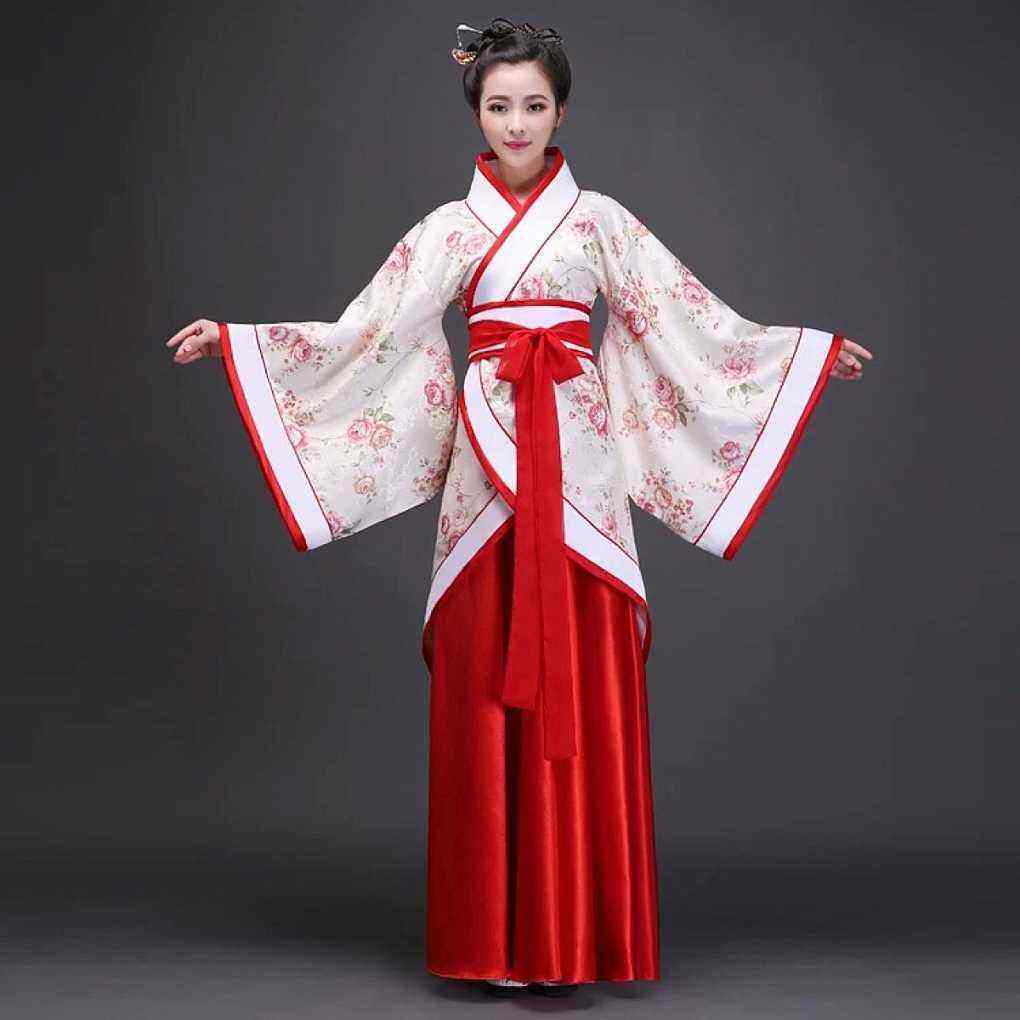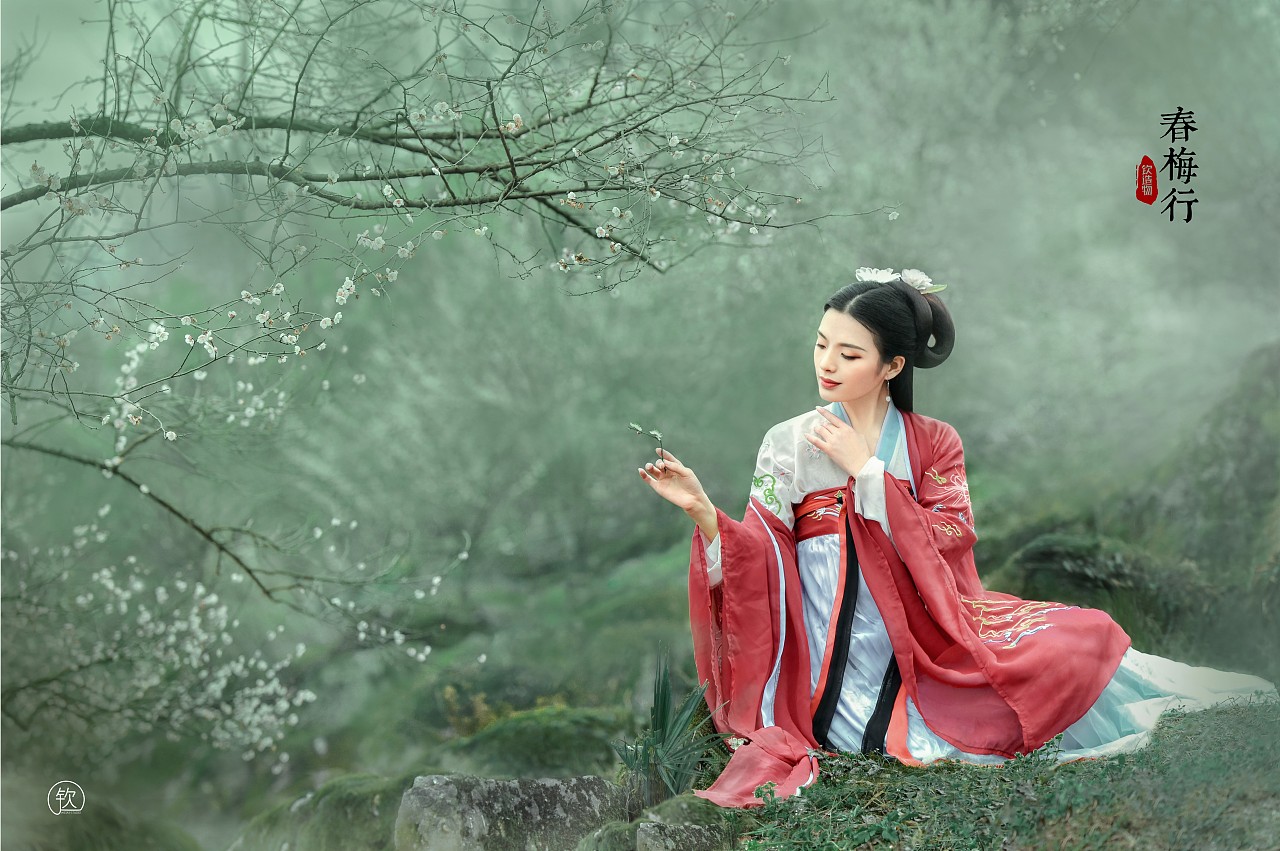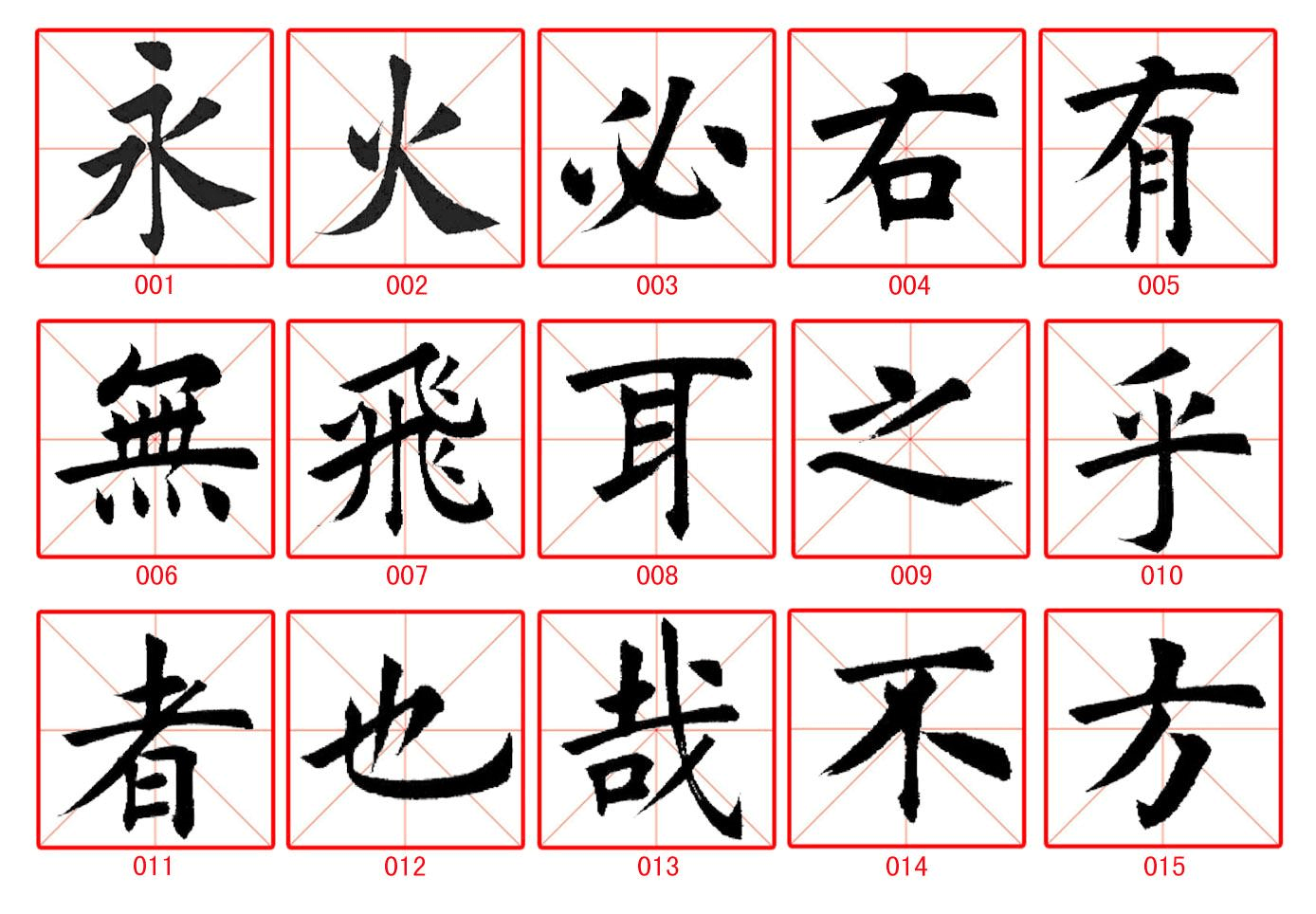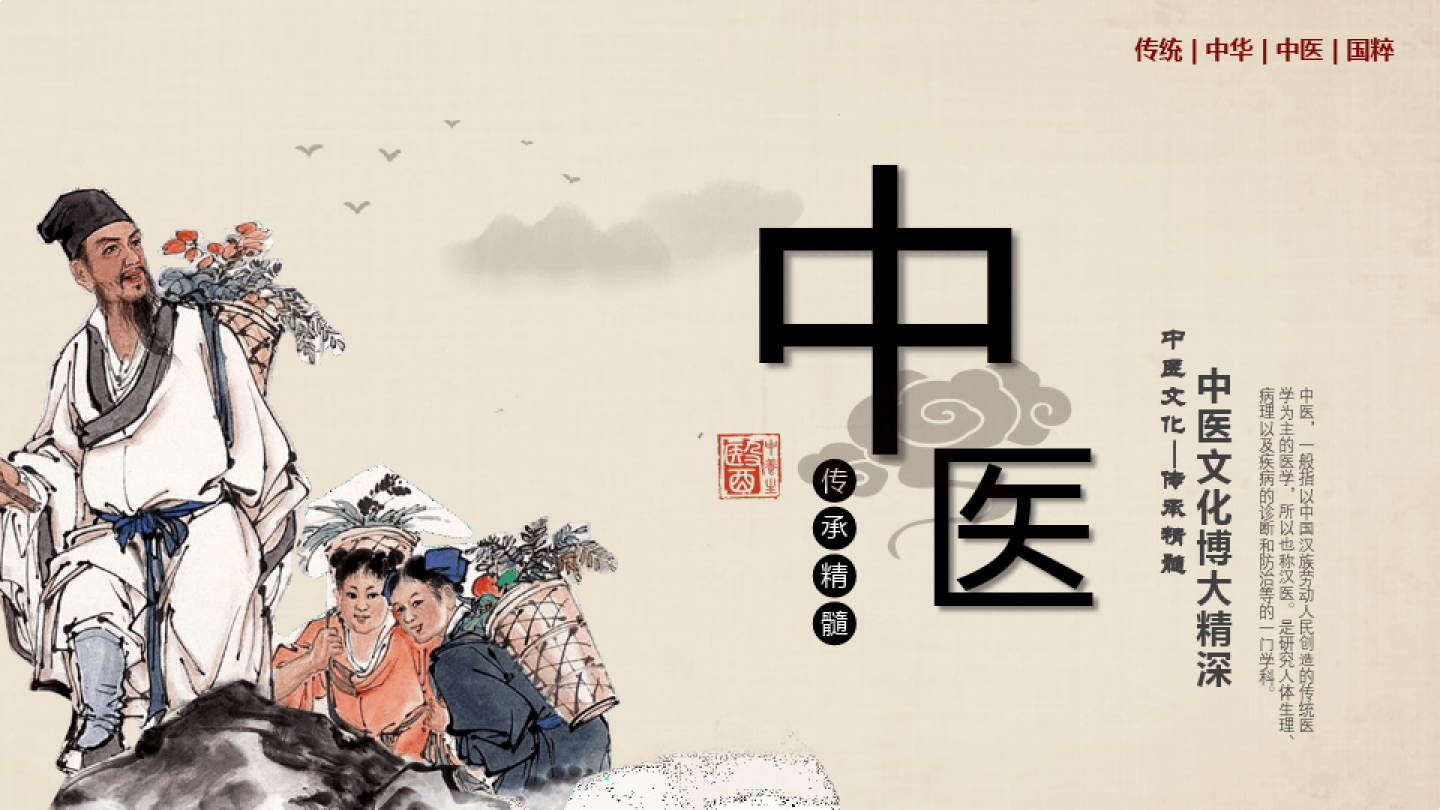Overview
Chinese Name: 汉族
English Name: The Han Chinese; The Han People; The Han Nationality
Language: Chinese 汉语
Total Population: 1.2*109 (China mainland 2022)
Distribution: Every province in China mainland

Brief Introduction
The Han Chinese 汉族 is the main ethnic group in China. Also known as Han people and Han nationality was named after China’s Han Dynasty 汉朝, which used to be called “Huaxia华夏“.
The Han nationality has always been known for its diligence and creative spirit. Whether in politics, military affairs, philosophy, literature, history, art and many other aspects or in the field of natural science, the Han nationality has created many brilliant achievements.
The Han Chinese is also a nation with a long history and the largest population in the world. In Taiwan, the Han nationality accounts for 98% of the total population; In Hong Kong and Macao, the Han nationality accounts for 95% and 97% of the total population respectively. In addition to China, the Han nationality is also widely distributed in Southeast Asia, North America and Western Europe.
The history of The Han Chinese
The ancient ancestors of the Han nationality were generally active in the middle and lower reaches of the Yellow River starting from Longshan in the west and reaching Mount Tai 泰山 in the east. The two types of Neolithic cultures, Yangshao Culture and Longshan Culture 龙山文化, mainly distributed in this area, are generally considered to be the cultural relics of the ancient ancestors of the Han nationality.
In 221 BC, Qin Shi Huang 秦始皇 annexed the six kingdoms. For the first time in Chinese history, a unified absolutist centralized feudal state was established. Under the conditions of national unity of Qin and Han, the Han nationality formed a unified nation.

Since the founding of the People’s Republic of China, under the leadership of the Communist Party of China and the People’s Government, along with the development of the socialist revolution and construction, not only the appearance of the Han nationality itself has undergone tremendous changes, but also the establishment of equality, unity and mutual assistance with other fraternal nations. socialist national relations.
The religion of The Han Chinese
The ancient concept of the state of the Han Chinese is related to the concept of family. The emperor was regarded as the “Son of Heaven”, and the people were regarded as “the people”. The moral code under this system believes that “filial piety” is the basis of “loyalty”, and “loyalty” is the highest requirement for “filial piety”. Religion has a significant impact on many ethnic groups, and there is no religion in the full sense that the entire ethnic group must believe in.
The Han Chinese have adopted an inclusive attitude towards various religions since ancient times. But the premise is that the core view of religion should be compatible with the Han nationality’s concept of a solid family and state.
The Cultures of The Han Chinese
Hanfu 汉服
Hanfu, namely, the main residential area of the Han nationality, has a unique Han nationality style and character formed through natural evolution, which is obviously different from the traditional clothing and accessories system of other nationalities.
Hanfu originated from the Mianfu of the Yellow Emperor. It was shaped in the Zhou Dynasty, and through the Han Dynasty, a complete system of crown clothing was formed based on the Four Books and Five Classics, which became part of the Shinto teaching.

Hanfu has also influenced the entire Han cultural circle through the Chinese legal system. Some ethnic groups in Asian countries, such as Japan, Korea, Vietnam, Mongolia, Bhutan, etc., all have or learn from the characteristics of Hanfu.
Chinese characters 汉字
Chinese characters were invented, created and improved by the ancestors of the Han nationality, and are an indispensable link to maintaining the various dialect areas of the Han nationality. The earliest extant Chinese characters are the oracle bone inscriptions of the Yin and Shang Dynasties around 1300 BC and the later Jin inscriptions, then the small seal script and official script of the Qin Dynasty, to the popularization of the official script in the Han and Wei Dynasties, and by the end of the Han Dynasty, the official script was transformed into Regular scripts.

Chinese characters are the longest continuously used characters so far, and they are also the only inheritors of the major writing systems in ancient times. Chinese characters are the main official language in all Chinese dynasties. In ancient times, Chinese characters also served as the only language for international communication in East Asia.
Traditional Chinese medicine 中医
Traditional Chinese medicine (TCM) is a traditional medicine with the medical practice of the Han nationality as the main body. Traditional Chinese medicine takes yin and yang and five elements as the theoretical basis and regards the human body as the unity of qi, shape and spirit.

Although there is controversy about whether TCM is scientific or not, TCM has played a vital role in the successful inheritance of the Chinese nation for five thousand years. In addition, with its remarkable efficacy and cheap price, traditional Chinese medicine has provided a Chinese solution for the world to fight against the new crown epidemic and has been favoured by people of all ethnic groups in the world
Nice
So wonderful to know!